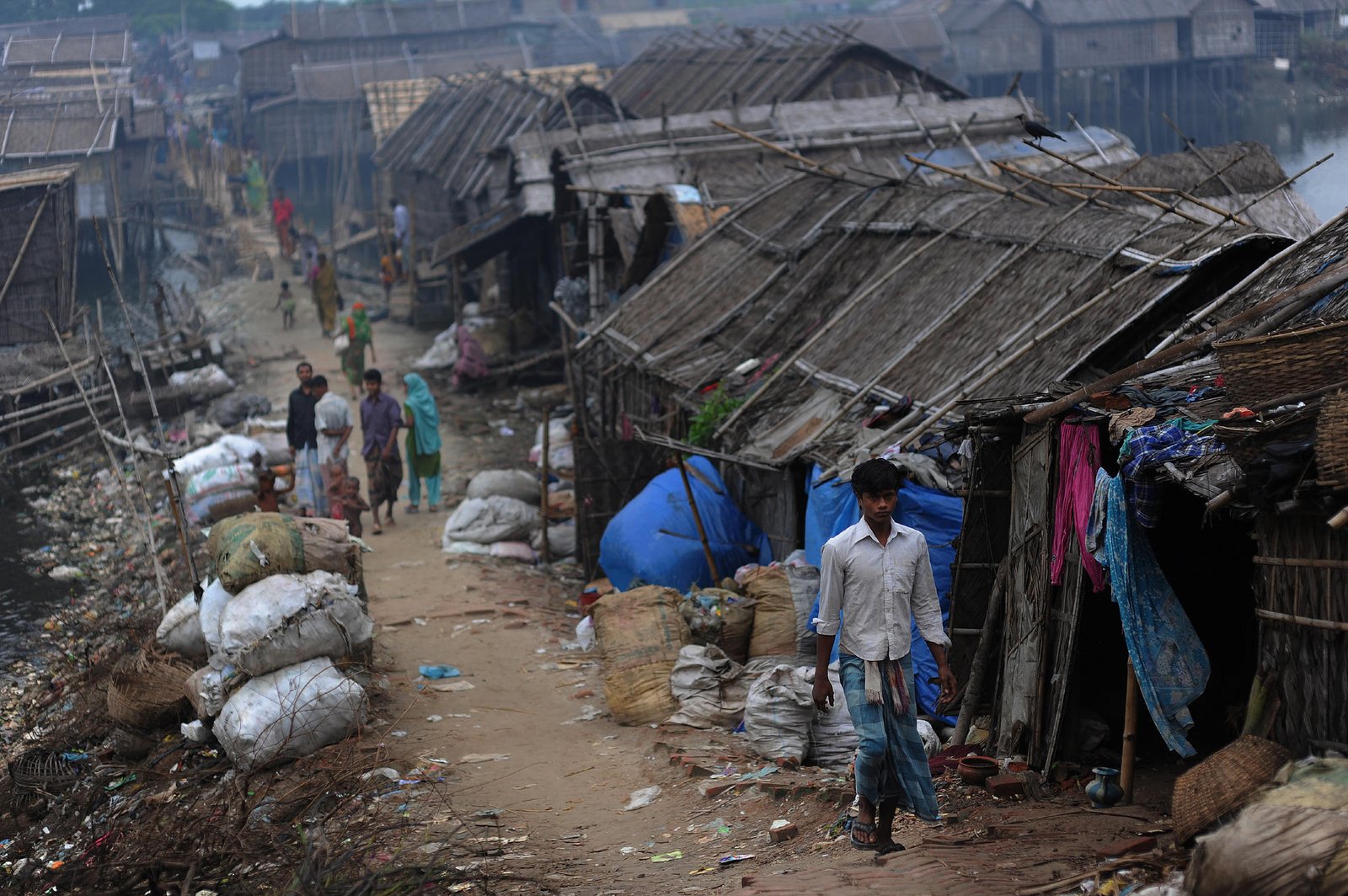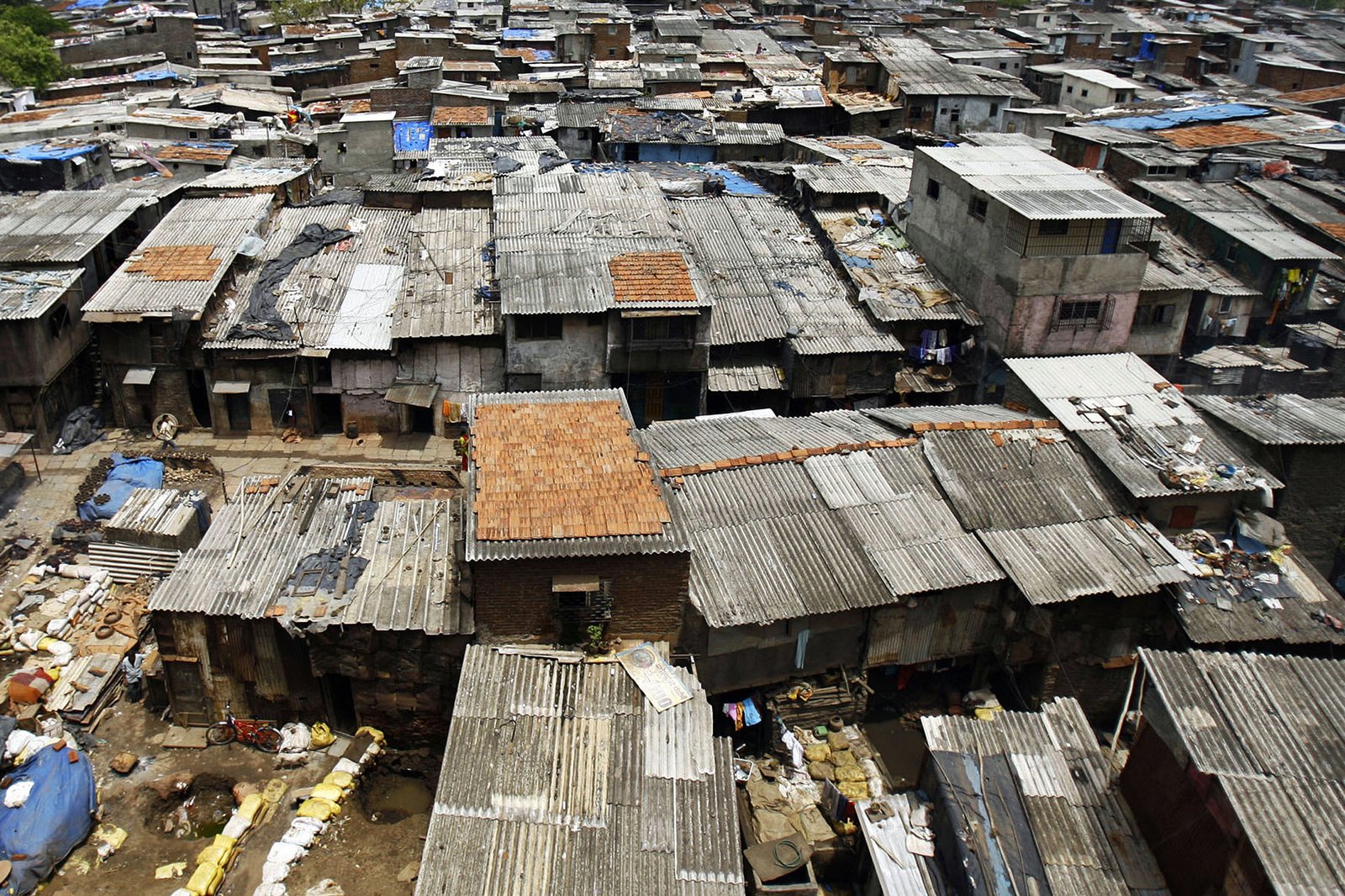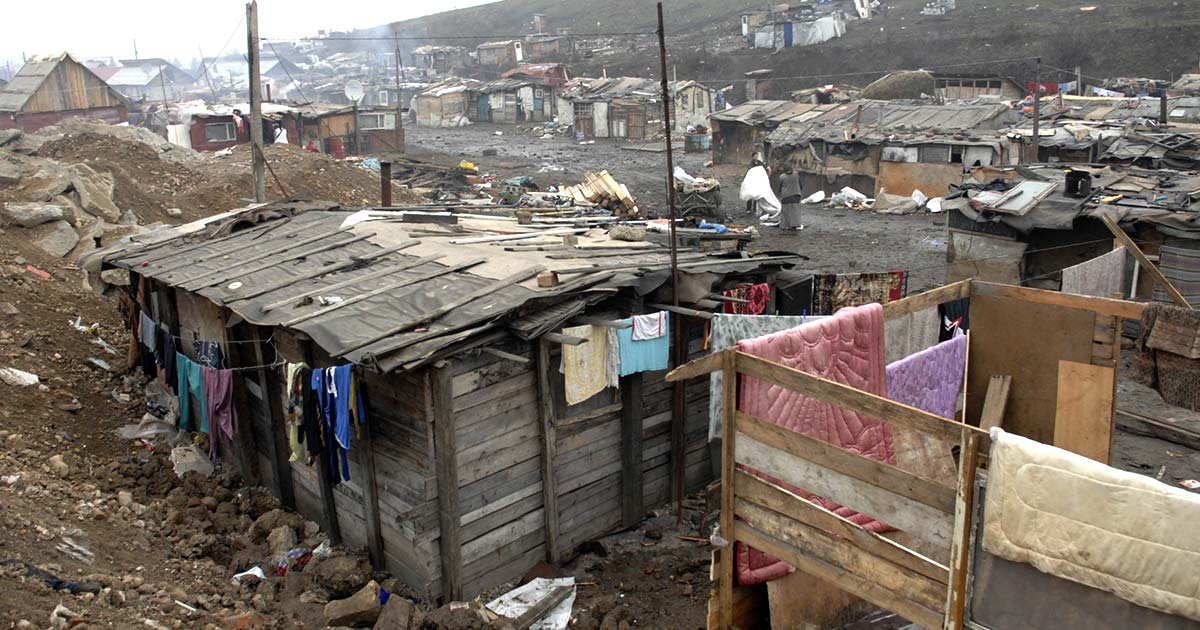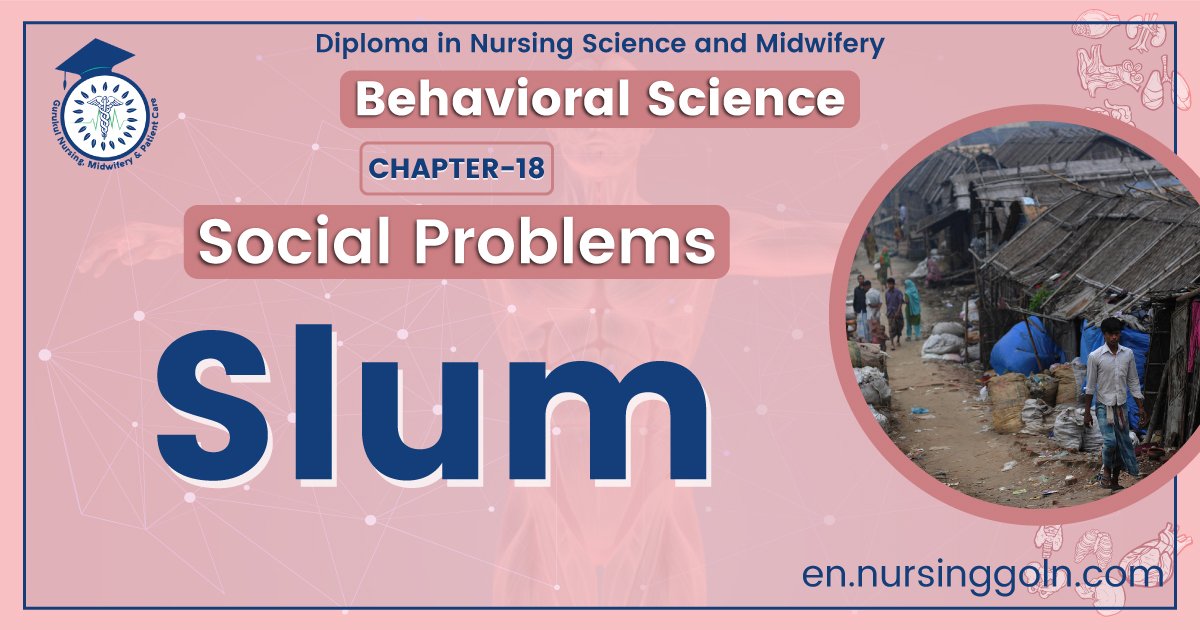Definition of Slum – Behavioral sciences explore the cognitive processes within organisms and the behavioral interactions between organisms in the natural world. It involves the systematic analysis and investigation of human and animal behavior through the study of the past, controlled and naturalistic observation of the present and disciplined scientific experimentation and modeling.
It attempts to accomplish legitimate, objective conclusions through rigorous formulations and observation. Generally, behavior science deals primarily with human action and often seeks to generalize about human behavior as it relates to society.
Definition of Slum

A slum is an overcrowded and squalid region of a city or town usually inhabited by the very poor. Slums can be found in most large cities around the world.
Slums are usually characterized by-
- High rates of poverty and unemployment and
- Breeding centers for many social problems such as crime, drug addiction, alcoholism
Causes of Slum
Rural-urban migration:
- Many people move to urban areas primarily because cities promise more jobs, better schools for poor’s children, and diverse income opportunities than subsistence farming in rural areas.
Urbanization:
- Rapid urbanization drives economic growth and causes people to seek working and investment opportunities in urban areas.
- Local governments are unable to manage urbanization, and migrant workers without an affordable place to live in, dwell in slums.
Poor housing planning:
- Lack of affordable low cost housing and poor planning encourages the supply side of slums.
Colonialism and segregation:
- Some of the slums in today’s world are a product of urbanization brought by colonialism. Others were created because of segregation imposed by the colonialists.
Poverty:
- Urban poverty encourages the formation and demand for slums. The richer the country, the lower is the incidence of slums and, on the contrary, the higher the magnitude of slums in the country the lower is the gross national income (GNI) of that country.
Politics:
- Removal and replacement of slum created a conflict of interest, and politics prevented efforts to remove, relocate or upgrade the slums into housing projects that are better than the slums.
Natural disasters:
- Major natural disasters in poor nations often lead to migration of disaster-affected families from areas crippled by the disaster to unaffected areas, the creation of temporary tent city and slums, or expansion of existing slums…

Health Hazard May Arise Due to Slum
Chronic non-infectious diseases
- Hypertension
- Diabetes
- Asthma
- Ignored injuries (intentional or unintentional)
- Mental illnesses
- Reproductive health problems

Chronic infectious diseases
- Tuberculosis, latent TB infection
- Hepatitis B, C
- HIV infection
Acute infectious disease with chronic outcomes
- Sexually-transmitted infection
- Skin lesion and super infection
Behavior and habits
- Tobacco use
- Alcohol abuse
- Illicit drug use
Way to Reduce the Health Problems of Slum Area Utilizing Our National Resources
Shelter-
- Adequate numbers of shelters and sufficient space between each home should be ensured.
- Proper ventilation should be confirmed, some NGOs are working for the development of health related issues in Bangladesh. sanitation facilities
Water supply-
- Most of the health problem occurs in the slum due to lack of pure water supply.
- Ensure pure water supply in slum area.
- Encourage them to drink pure water and boil water before drink.
Sanitation and hygiene –
- Most of the people of slum areas use unhygienic toilet.
- Most of time they not use any toilet they use open field which may cause of spread disease easily.
- Ensure proper sanitation in slum areas.
- Inform the advantages of sanitation and maintain health hygiene.
- Safe waste management should be ensured.
Food security, nutrition and food assistance –
- Most of the slum children have been suffering from nutritional problem they do not get proper nutrition.
- All classes of people in the society and government should come forward to solve this problem, help the poor child.

Health education and social mobilization –
- Develop messages to ensure the effective implementation of the above preventive measures.
- Educate the slum people about sanitation, importance of pure drinking water, maintaining health hygiene.
Read more:
